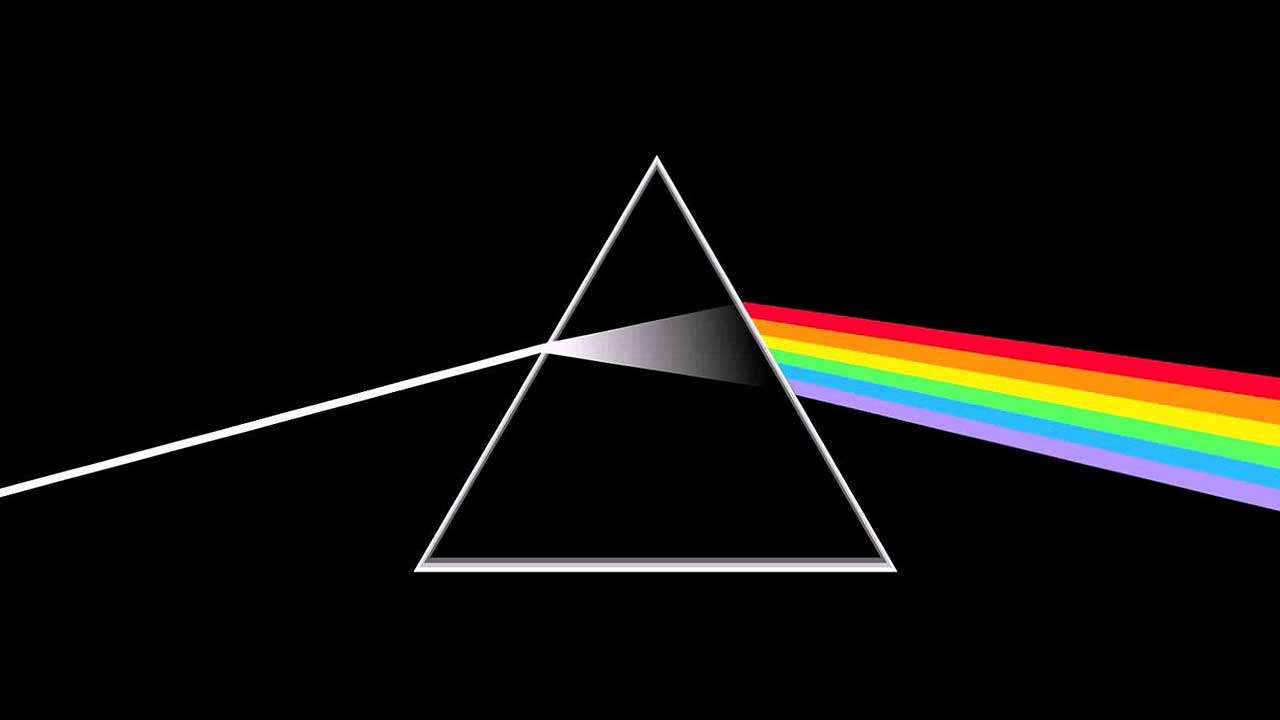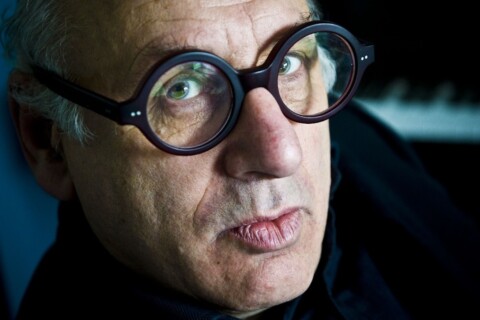Audiophiles and space-heads love it but Pink Floyd’s Dark Side Of The Moon – which turned 50 this week – has its detractors writes GARY STEEL.
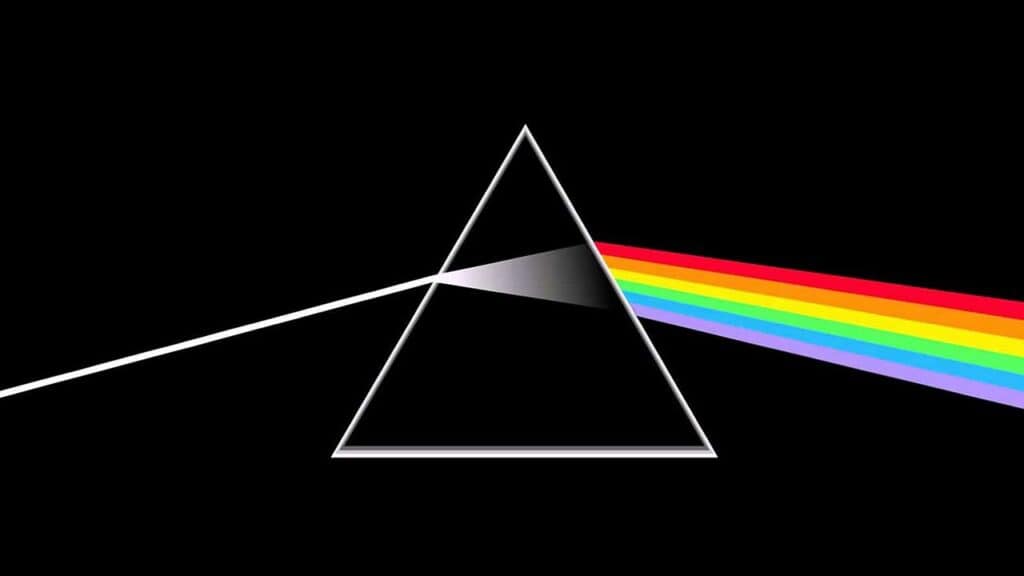 I was a pimply just-turned-14-year-old when I emptied my piggybank and raced out to buy Pink Floyd’s Dark Side Of The Moon way, way back in 1973.
I was a pimply just-turned-14-year-old when I emptied my piggybank and raced out to buy Pink Floyd’s Dark Side Of The Moon way, way back in 1973.
For a couple of weeks, I submerged myself in its sonic vibrations, amazed and completely taken with the group’s flawless, flowing masterpiece; an aural canvas that took you on a seamless journey via songs segued by startling sound effects.
Support Witchdoctor’s ongoing mission to bring a wealth of new and historic music interviews, features and reviews to you this month (and all year round) as well as coverage of quality brand new, contemporary NZ and international music. Witchdoctor, entertainment for grownups. Your one-off (or monthly) $5 or $10 donation will support Witchdoctor.co.nz. and help us keep producing quality content. It’s really easy to donate, just click the ‘Become a supporter’ button below.
‘The Floyd’ had released some pretty trippy shit over the previous six years, and I’d been a fan since I’d first heard that ode to a dirty perv, ‘Arnold Layne’, and the gorgeous somnolence of ‘See Emily Play’. I’d heard the freaky Atom Heart Mother and several other PF albums but the only album I’d been able to afford at the time was the budget-priced Relics, a collection of Syd Barrett-era psych whimsy and early post-Barrett tracks that still holds up well today.
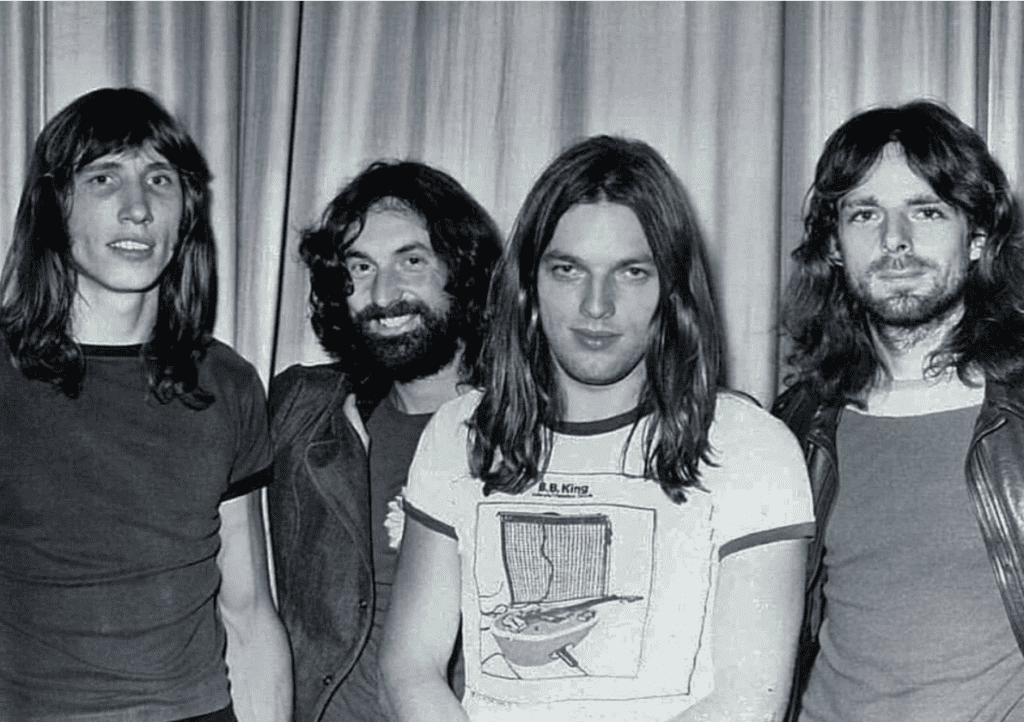 But Dark Side Of The Moon was something else. It was a fully-fledged, meticulously configured concept album featuring Roger Waters’ relentlessly grumpy, glass-half-full observations on actual songs that featured the impressively hoarse vocals of Barrett replacement Dave Gilmour and just as importantly, Gilmour’s coruscating, soaring guitar solos. Forget ‘Set The Controls For The Heart Of The Sun’, a song from their second (1968) album that still sounds rather lost and legless. The new album was similarly space-themed but its real subject matter was down-to-earth. As my friend Wiki helpfully points out, the album’s lyrical themes include conflict, greed, the passage of time, death and insanity. Just everyday subject matter, then! In other words, it sounds like they’ve swapped the lysergic acid for some downers, and there’s no trace of humour whatsoever.
But Dark Side Of The Moon was something else. It was a fully-fledged, meticulously configured concept album featuring Roger Waters’ relentlessly grumpy, glass-half-full observations on actual songs that featured the impressively hoarse vocals of Barrett replacement Dave Gilmour and just as importantly, Gilmour’s coruscating, soaring guitar solos. Forget ‘Set The Controls For The Heart Of The Sun’, a song from their second (1968) album that still sounds rather lost and legless. The new album was similarly space-themed but its real subject matter was down-to-earth. As my friend Wiki helpfully points out, the album’s lyrical themes include conflict, greed, the passage of time, death and insanity. Just everyday subject matter, then! In other words, it sounds like they’ve swapped the lysergic acid for some downers, and there’s no trace of humour whatsoever.
Progressive rock fans typically want to go on a journey (man) when they sit down with a two-sided LP platter, and Dark Side Of The Moon fit the bill for the perfect trip. Beginning to end, musically and sonically, it provided the complete, immersive package. A huge part of what made the album such a delectable experience was the sound quality that engineer Alan Parsons achieved, which ensured that it would become the ultimate choice for audiophiles testing out new stereo gear throughout the 1970s.
There was nothing tricky in the playing: no difficult time changes or compositional irregularities, just this big, beautiful, slow, lava-like ebbing and flowing of sound and songs that felt like nothing else you’d ever heard before. The only time it really revved up was for the song ‘Money’, and in particular the gnarly sax contribution and Gilmour’s slow but corrosive, rusty nail solo. But even that was slow by the standards of the time.
After a couple of weeks completely immersed in Dark Side Of The Moon, however, the 14-year-old me came to a startling conclusion. I’d completely done it, there was no more to glean from it. I like music that I can listen to repeatedly and keep on hearing new things. I wasn’t hearing anything I hadn’t heard the last time, or the time before that. So I traded it in.
A few years later, I read a review of 10cc’s Original Soundtrack (1975) album. The tagline went something like “It’s perfect, and I hate it.” When I bought that album, I could see what the reviewer meant. Like Dark Side Of The Moon, the album was seamless, seemingly flawless. There was no room for imperfection.
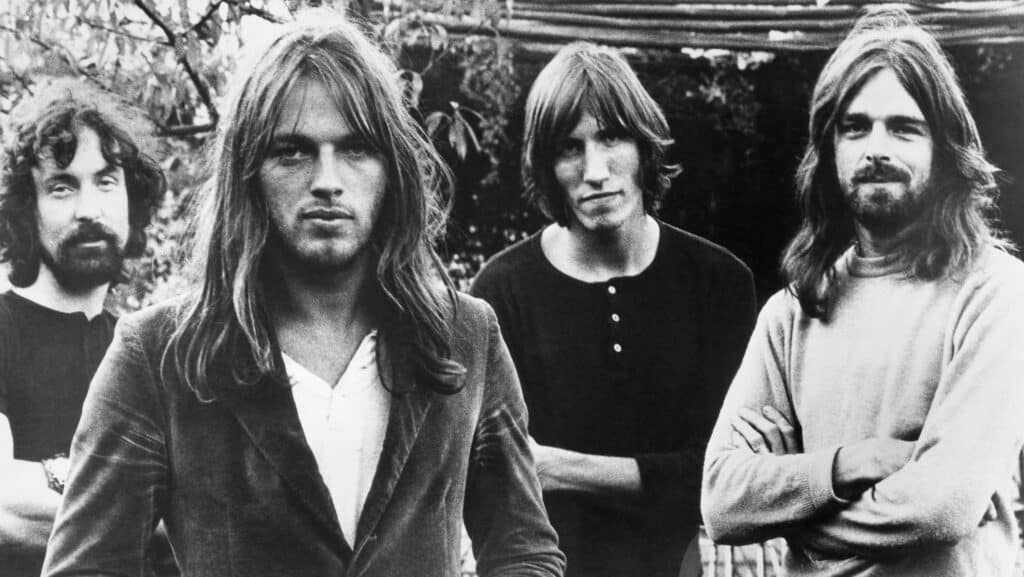 But I love flawed art! One of the reasons I find Emerson Lake & Palmer fetching (still!) is that they weren’t afraid to overreach. But also, the artist names furtively written out on my oversized school pencil case included bands like The New York Dolls and Patti Smith and Iggy & The Stooges. I loved raw power just as much as I adored instrumental dexterity and difficult time changes. Dark Side Of The Moon, to me, is somewhat like that 10cc album: it’s a kind of masterpiece, but I might never need to hear it again. And Waters’ lyrics, while not as grating as they later became, lacked the depth or intellectual rigour of a genuine misanthrope like Peter Hammill/Van Der Graaf Generator.
But I love flawed art! One of the reasons I find Emerson Lake & Palmer fetching (still!) is that they weren’t afraid to overreach. But also, the artist names furtively written out on my oversized school pencil case included bands like The New York Dolls and Patti Smith and Iggy & The Stooges. I loved raw power just as much as I adored instrumental dexterity and difficult time changes. Dark Side Of The Moon, to me, is somewhat like that 10cc album: it’s a kind of masterpiece, but I might never need to hear it again. And Waters’ lyrics, while not as grating as they later became, lacked the depth or intellectual rigour of a genuine misanthrope like Peter Hammill/Van Der Graaf Generator.
Not that Dark Side Of The Moon is quite perfect. I’ve always had a distaste for Clare H. Torry’s pointless and annoying ululations on ‘Great Gig In The Sky’, a piece that might have been lovely had they got someone like Robert Wyatt to do his wordless scat on it. (I had to wait for Nick Mason’s brilliant late ’70s solo album, Fictitious Sports, to hear Wyatt singing in a sort of Floyd context).
I may have been drawn back to the dark side had the group ever made anything else worth listening to. Compared to their most successful work The Wall (insufferable, abominable) DSOTM does indeed sound like a work of genius. Instead, I had to suffer the company of a work colleague in the late 1980s who was obsessed with the album, reckoned it was easily the best album ever made, and who didn’t seem to much like any other music.
I did go to see the group (sans Waters) when they performed in Auckland in 1988, and even interviewed drummer Nick Mason. But it wasn’t until DSOTM was remastered (the first time) in the 1990s and released on CD that I lent my ear to the disc again. It sounded as beautiful as ever, and I remember thinking how it was one of the most exquisitely crafted albums ever released. But certainly, nowhere near the best.
The ticking clocks and ringing cash registers sound rather quaint now, and the record has the early ‘70s whiff of Abbey Road studios about it and the technology of the time, which has a certain retrospective allure. It’s an unfailingly dynamic recording, and the proto-techno use of the EMS VCS 3 on ‘On The Run’ still sounds fresh, even if they were just fiddling around with it.
I can appreciate it and even enjoy listening to it in 2023, but in real terms, it feels like the evolutionary cultural dead-end that I discovered in it back in 1973 but didn’t have the words to describe. All the ragged psychedelic promise of Piper At The Gates Of Dawn seems to have been completely gentrified by Dark Side Of The Moon, and while the group mourned the metaphorical loss of Syd Barrett on ‘Shine On You Crazy Diamond’ a couple of years later, they’d become disconnected from their initial impulse, which had the odour of revolution about it, and replaced it with a smooth record on which Waters could moan about all the money he was going to earn. Oh well.

